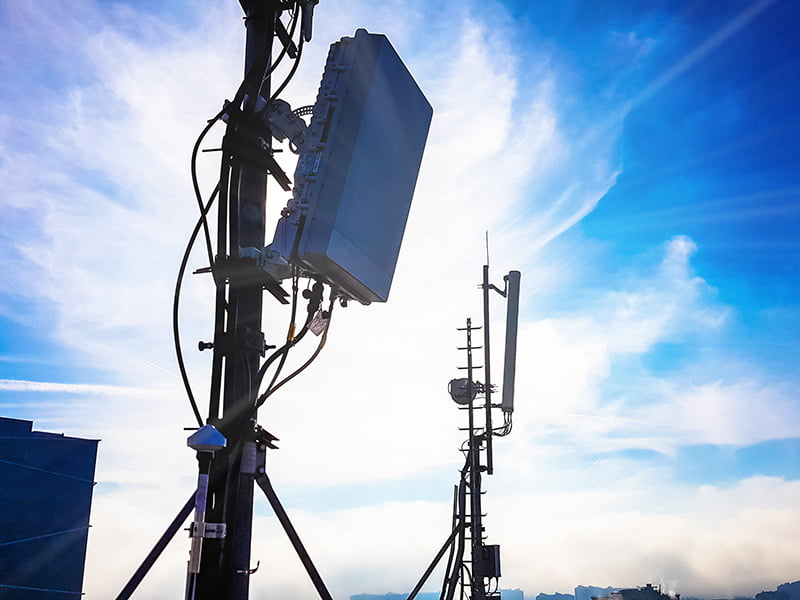The federal government has folded two rounds of a $20 million 5G innovation program into one, announcing all 19 grant recipients on Sunday after what it said was high interest in its 5G Innovation Initiative.
The announcement comes two months after applicants were initially told their project could be expected to commence.

Telcos, defence contractors, agricultural companies and local councils have received competitive grants between $120,000 and $2 million from the initiative, which focused on cutting edge 5G use rather than infrastructure.
Projects include autonomous cars, drones, collaborative robots, asset maintenance, virtual reality and a remote-controlled firefighting ‘tank’. One grant will be used to support a 5G incubation lab in South Australia.
Recipients were revealed on Sunday afternoon by Communications Minister Paul Fletcher, whose announcement made no mention of the original two $10 million rounds being combined into one. His office later confirmed the combination, saying it followed high interest in the program and further rounds will be considered.
“The projects being funded under the Initiative will use a range of complementary technologies to take the benefits of 5G further, such as Internet of Things devices, edge computing, artificial intelligence, and augmented and virtual reality,” Communications Minister Paul Fletcher said.
The biggest grants went to a Sydney intermodal rail terminal, a mining project, and a national 5G industrial incubation lab in Adelaide.
Qube Holdings received the maximum grant of $2 million to install 5G communications at the Moorebank Logistics Park to link automated vehicles to the central fleet management and safety system. The park includes a rail link to Port Botany and is planned to accommodate an expected jump in freight container transport.
Aqura technologies received $1.93 million to create a private 5G LTE network technical architecture and commercial model for an unnamed operating underground mine.
Telco equipment supplier Nokia secured $1.91 million grant to partner with the South Australian government on a proposed national 5G industrial incubation lab. The lab would connect partners from government, industry and university in Adelaide to work on three 5G use cases of rail safety, airport safety and power management.
Nokia also received a second grant of $923,613 to explore the feasibility of an edge computing and robotics process to instruct collaborative robots to interact with their environment.
Other big names to receive grants include TPG for an artificial intelligence and 5G project to count livestock, Optus for a partnership with Amazon Web Services and Endeavor Energy to use 5G linked drones to monitor critical assets, and Transdev Sydney Ferries to use 5G for its help points and cameras.
Rheinmetall Defence Australia, a subsidiary of the publicly-listed German defence corporation, will receive nearly $1.5 million to continue its development of an autonomous firefighting “tank”, which it says is capable of traversing dangerous terrains to support rescue, path clearing and firefighting missions. Extending the capability to a drone fleet will also be explored.
In March last year, a parliamentary inquiry into 5G provided the government with 14 recommendations on the deployment and adoption of the technology. The government released a response to the report in November, rejecting many of the recommendations and launched its Australian 5G innovation initiative a day later.
The initiative was established to trial new and exciting 5G technologies across several industry sectors. The Bureau of Communications, Arts and Regional Research has estimated that 5G will add $1,300 to $2,000 in gross domestic product per person after the first decade of the rollout.
Originally announced as a two-round program, the first round closed in March and was open for a little over a month. Publicly funded research organisations and universities were excluded from the program. Local and state governments were allowed to apply, provided they were partnering with industry.
Applicants needed to use an existing commercial 5G network, or access 5G through a private network, and needed to make use of at least one of three core 5G capabilities: enhanced mobile broadband; ultra-reliable, low latency communications; or massive machine-to-machine communications.
A joint committee from the Department of Industry and the Department of Communications assessed the grants, recommending them to the Minister for final selection, according to the guidelines.
A decision should have been made by June, with applicants told their projects could start that month at the earliest, according to expected timings in the guidelines. However, Mr Fletcher’s announcement only came in late August.
Do you know more? Contact James Riley via Email.

